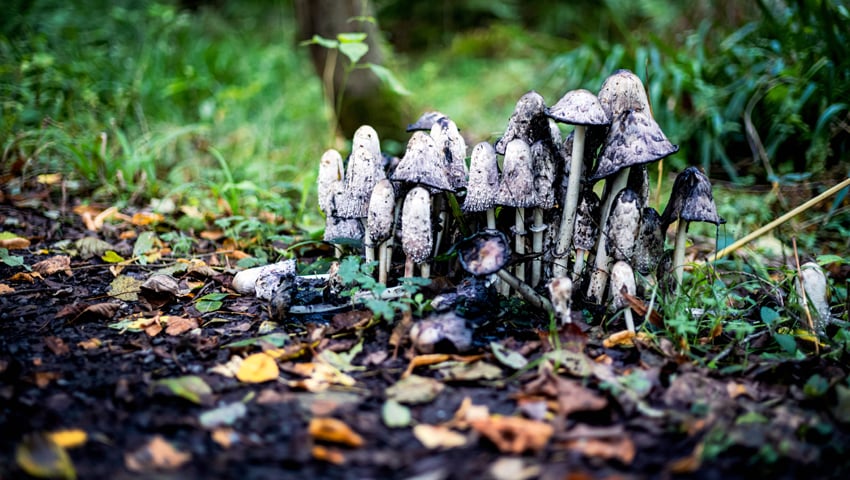Confor’s report – Biodiversity, forestry and wood – highlights that, when it’s done right, UK wood production can benefit biodiversity in all types of forest. (Read our article about the report.)
Here, Confor outlines six simple measures to boost biodiversity in your forest:
Put up bird boxes
Many UK forests, native or commercial, are simply too young to have veteran trees, so hole nesting opportunities are limted. Boxes for birds that usually nest in them, such as barn owl or pied flycatcher, can enable these often threatened species to re-colonise forest habitat. This is an opportunity to engage the public, for example by inviting a local wildlife group or school children to help with the work.
Identify future veterans and old-growth areas
If you are going above-and-beyond one UKWAS requirement, make it this. We don’t have nearly enough old trees in our forests and woodlands, but you can change that for the future.
Deadwood is dead good
Stumps, fallen trees and standing deadwood are one of the richest habitats for fungi, invertebrates, mosses and other wildlife which underpin the food chain. Make best use of your harvest – but be strategic about what you leave behind as well, it’s not waste, it’s wildlife wealth.
Bring in recorders
If your forest is doing great things for wildlife but no-one knows it, no-one will follow your good practice or support your management. Get the local wildlife group or other interested groups to run a recording project in your wood or new woodland creation project and demonstrate the value of what you’re doing.
Thin and coppice
Bringing an old coppice back into management, or thinning a young spruce plantation, are both great for wildlife by bringing light down to the forest floor, creating deadwood and diversifying the woodland structure. Even if you are ‘only’ producing firewood, firewood with a local conservation story can sell at a premium.
Manage non-woodland habitats
Grassland, heathland, peatland and wetland habitats are all part of the forest ecosystem and add to ecological diversity ‘ecosystem services’. Consider improving non-woodland habitats by a programme of ditch blocking on drained peatlands.
Read more about the report, Biodiversity, forestry and wood
